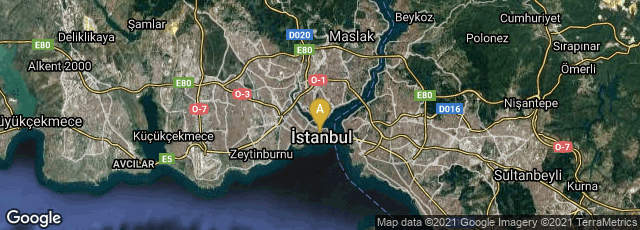

Paris Psalter (BnF Ms.gr.139). The most famous miniature in the David series depicts David playing the harp at the side of the seated female figure of “Melody". Around this central group are the figure of Echo, various animals charmed by music, and even a male figure symbolizing the town of Bethlehem.
Produced in Constantinople in the second half of the tenth century, the Paris Psalter (BnF Ms. gr. 139), is the most famous illuminated Byzantine codex. It is unique among the seventy-five illuminated Byzantine psalters that survived for its large size, for the quality of script and text decoration, and for its fourteen magnificent full-page images, seven of which are bound one after another depicting events of David's life in chronological order, the remaining seven connected with the text. The most famous miniature in the David series depicts David playing the harp at the side of the seated female figure of “Melody". Around this central group are the figure of Echo, various animals charmed by music, and even a male figure symbolizing the town of Bethlehem. The composition was probably based on a Graeco-Roman wall painting that depicted Orpheus charming the world with his music.
The psalter is associated with the emperor Constantine VII Porphyrogennetos, who has been called "The Scholar Emperor." In A Short History of Byzantium, John Julius Norwich wrote about Constantine:
"He was, we are told, a passionate collector—not only of books and manuscripts but works of art of every kind; more remarkable still for a man of his class, he seems to have been an excellent painter. He was the most generous of patrons—to writers and scholars, artists and craftsmen. Finally, he was an excellent Emperor: a competent, conscientious and hard-working administrator and an inspired picker of men, whose appointments to military, naval, ecclesiastical, civil and academic posts were both imaginative and successful. He did much to develop higher education and took a special interest in the administration of justice"(Norwich p. 181).
The images in the Paris Psalter
"are famous for their apparent classicism in figural style, painting, technique, and coloration. Among the classicizing features are personifications that have been incorporated in the compositions. In the scene of Moses receiving the tablets from God on Mount Sina (fol. 422v) for example, which refers to the Canticle of Moses in Deuteronomy, a seminude figure seen from the back is seated on a rock in the left foreground. Identified as Mount Sinai by the inscription, he holeds a dead tree stump, which together with his nakedness, signifies the barren wateland of the setting. IN the upper-left corner Moses stretches upward to the hand of God to read for the tablets. At the summit of the moutain the Burning Bush is visible. Bel;ow, in the center, a group of Israelites engaged in conversation awaits Moses' return. To the right, on an almost separate plan, Moses is shown again, this time attentively listening to God's instructions on how to build the temp that will house the Tablets of the Law. His finger-to-chin gesture indicates that he is thinking.
"In addition to personifications of time and place that help the view to identify the event depicted, the psalter illustrations contain personfiications representing astract concepts and virtues such as clemency, penance, and wisdom. These figures are suually interpreted as the clearest sign of a revived interest in the antique. For this reason the Paris Psalter as a whole has served as one of the key docuemnts supporting the notion of a Macdedonian renaissance during the tenth century. The large full-age illustrations ahve also given rise to the theory of an 'aristocratic' system of psalter illumination in Byzantium. It was thought otherwise incomprehensible that a repertoire of pagan forms and subjects could ahve a place within a manuscript of Christian liturgical or private devotion" (Evans & Wixom eds., The Glory of Byzantium. Art and Culture of the Middle Byzantine Era, A. D. 843-1261 [1997] No. 163). Catalogue of an Exhibition at the Metropolitan Museum of Art.
The manuscript was acquired in 1557-59 by Jean Hurault of Boistaillé, French ambassador to Contantinople, and a distinguished collector of mainly Greek, but also Arabic, and Hebrew manuscripts and early printing. After his death in 1572 Hurault's library passed to his brother André Hurault de Maisse, who was also a book collector. Later the library came into the possession of his cousin, Philippe Hurault de Cheverny, bishop of Chartres. After the Bishop's death the collection of 409 manuscripts was sold to Louis XIII for 12 000 francs. Louis XIII deposited them in the Bibliothèque royale, which was nationalized in the French Revolution, and is now known as the Bibliothèque nationale de France.
Digital facsimile of the complete psalter from BnF Gallica at this link.